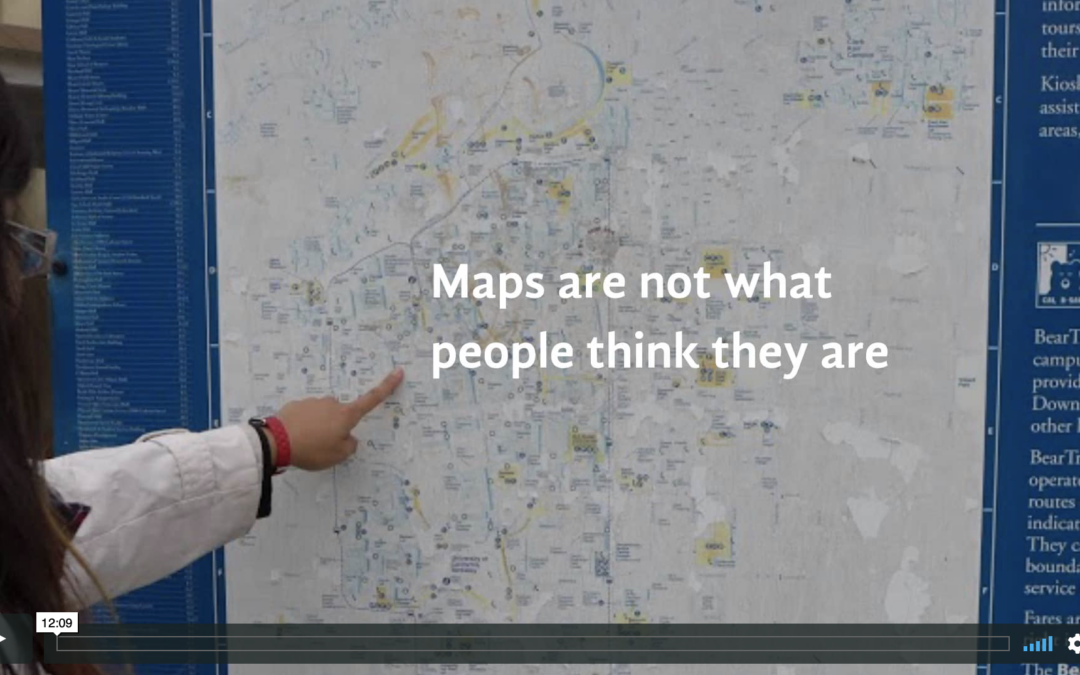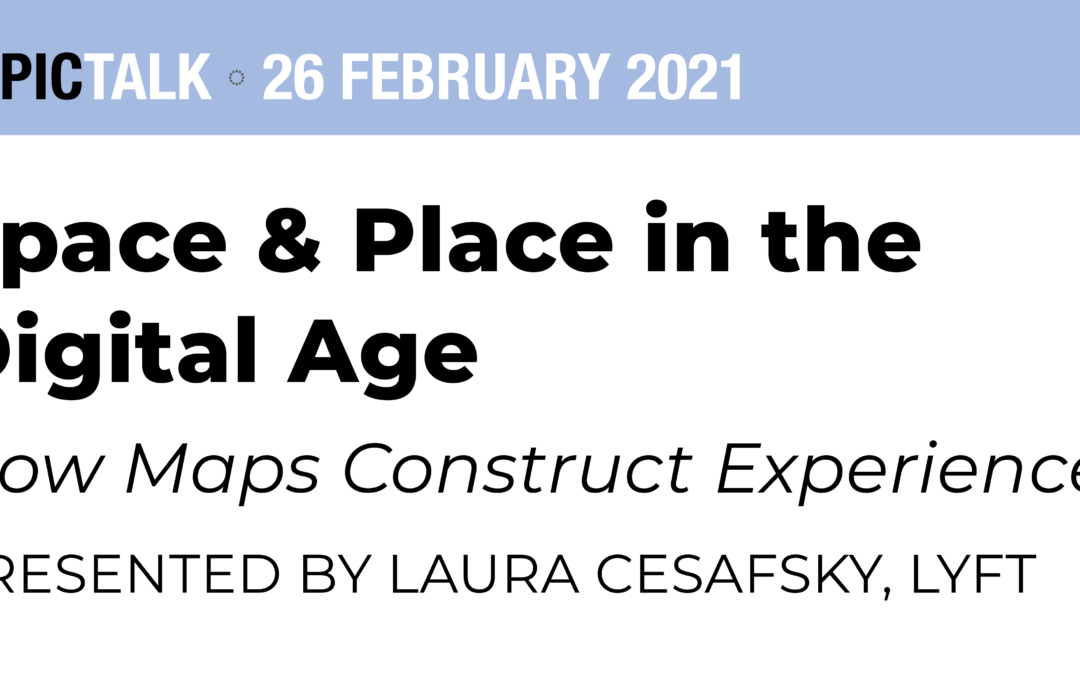Participatory mapping—the production of maps in a collective way—is a common activity used for planning and decision making in urban studies. It started as a way to empower men and women, usually from rural vulnerable communities threatened by climate change, degradation of their landfills or any...



